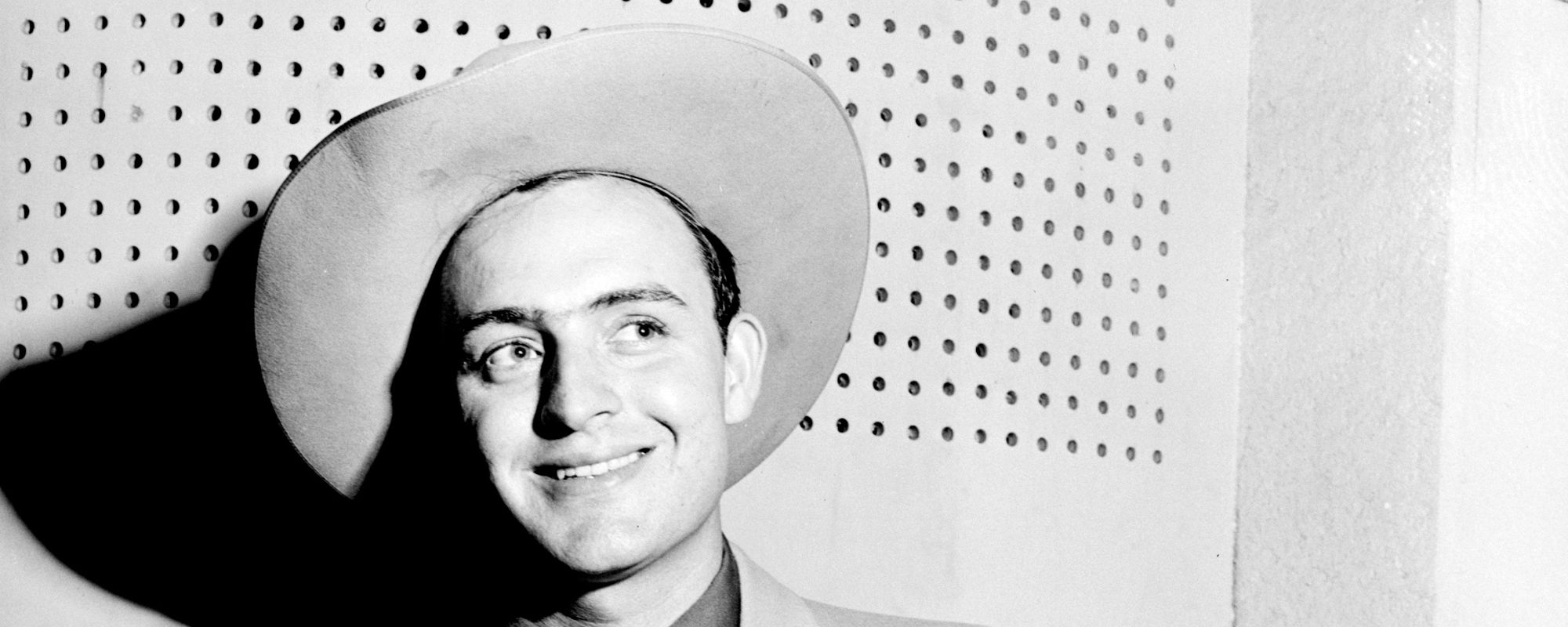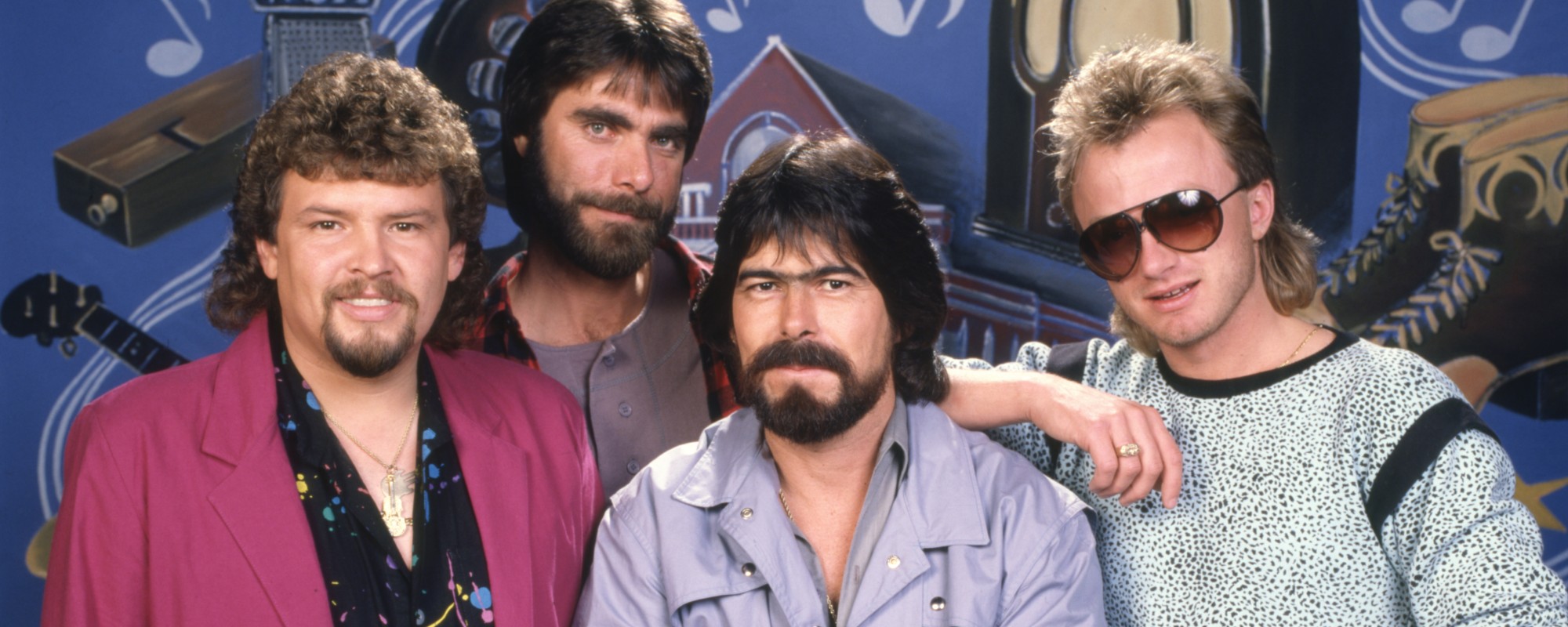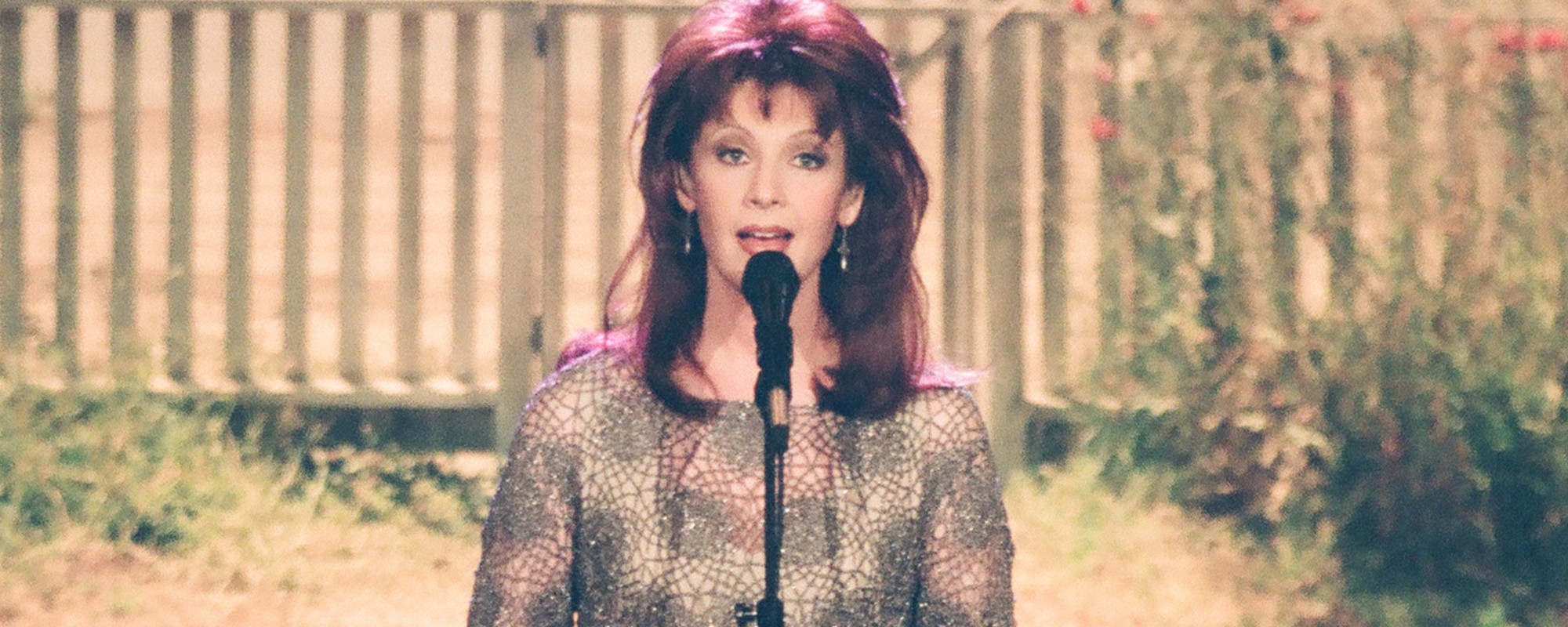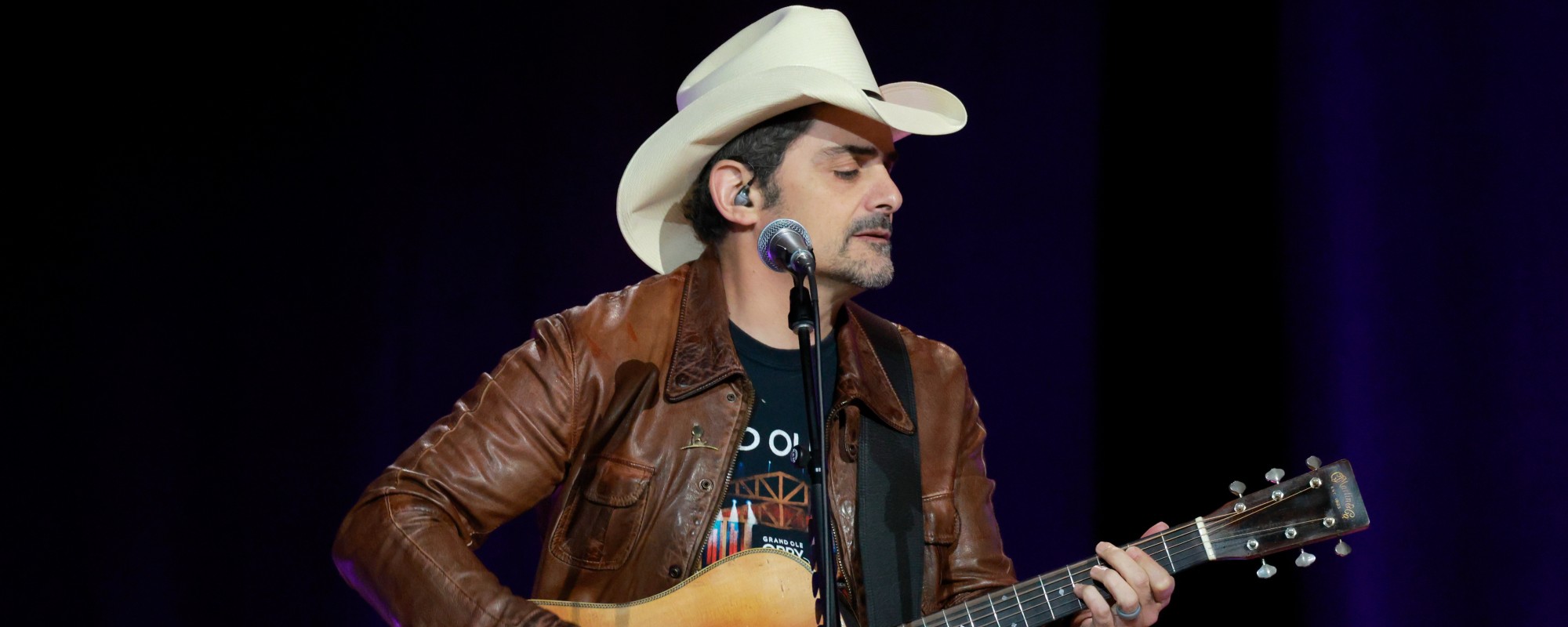On this day (April 21) in 1947, Hank Williams stepped into Castle Studio in Nashville, Tennessee, and made country music history. In his first recording session with MGM Records, Williams recorded “I Saw the Light,” “(Last Night) I Heard You Crying in Your Sleep,” and “Six More Miles to the Graveyard.” However, the most consequential song he recorded that day was “Move It on Over,” a landmark recording that would become his first major hit.
Videos by American Songwriter
After auditioning for and being rejected by the Grand Ole Opry in 1946, Williams approached Fred Rose and played a song for him. This impromptu meeting led to a six-song deal with the newly formed Acuff-Rose Publishing. Rose also got Williams a deal with Sterling Records. He released a handful of songs on the label and found success. As a result, Rose helped Williams get a deal with MGM Records.
Williams had his first recording session for MGM Records on April 21, 1947. That day, he recorded four original songs for the new label. Williams didn’t bring the Drifting Cowboys into the studio, and Nashville labels hadn’t yet employed session musicians. As a result, country legend Red Foley’s band backed him during the historic session.
He released “Move It on Over” as his first single for MGM Records. Backed with “(Last Night) I Heard You Crying in Your Sleep,” the single went to No. 4 on the Billboard Most Played Juke Box Folk Records chart and was his first charting single.
How Hank Williams Made History with “Move It on Over”
Hank Williams is hailed as one of the greatest country artists in the history of the genre. However, his influence is not limited by genre labels. In fact, many critics cite “Move It on Over” as one of the earliest examples of rock and roll.
Williams infused blues into many of his recordings. “Move It on Over” was not different. According to Udiscover Music, he looked to early Black blues pioneers like Jim Jackson and Charley Patton and jazz legend Count Basie for inspiration on this song. A classic 12-bar blues makes up the song’s bones. The song’s melody is similar to the one used in Jackson’s “Kansas City Blues,” Patton’s “Going to Move to Alabama,” and Basie’s “Your Red Wagon.” These elements, combined with Williams’ swing and vocal delivery, helped lay the groundwork for future rock and rollers.
Nearly a decade later, Bill Haley & His Comets employed the same melody over a 12-bar blues to create “Rock Around the Clock,” the first mainstream rock song.
Featured Image by Underwood Archives/Shutterstock











Leave a Reply
Only members can comment. Become a member. Already a member? Log in.